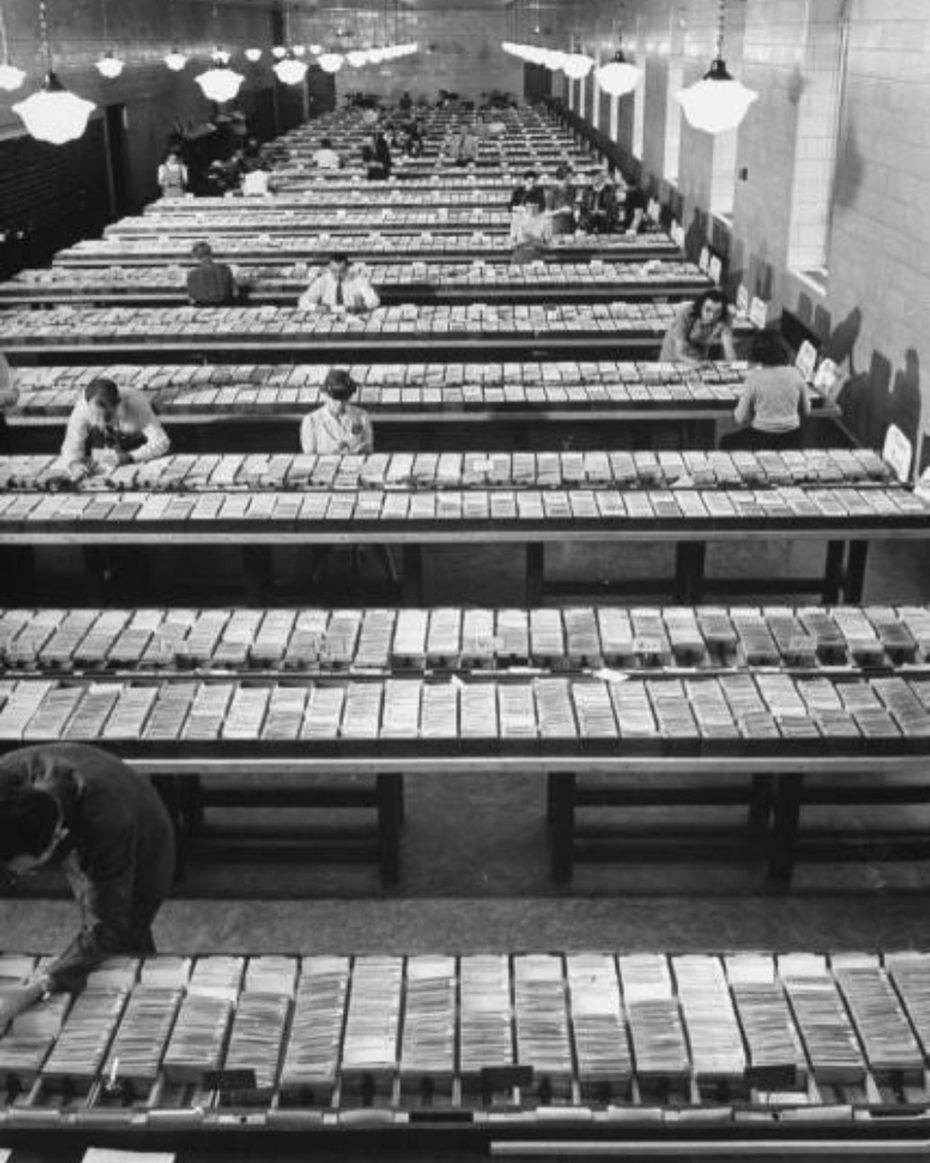
Before books were easily printed and accessible to nearly everyone, before they even took the form of books specifically, there was a different story. Information was scarce in its written form, and so scribes and scholars developed a meticulous system for organizing libraries of tablets. That’s right: the oldest known form of organizing books predates the books themselves. We have, of course, come a long way since then. Depending on your age, you might remember the tiny envelope with the stamp card in the back of your library book. That, friends, is a remnant of the Dewey Decimal System, a relic of the card catalog used in libraries for 200 years.
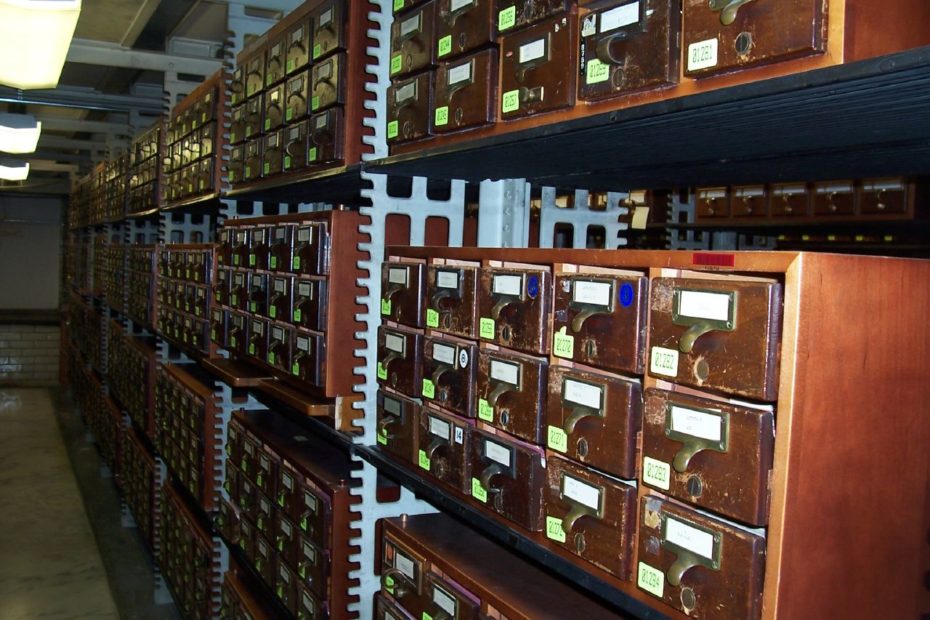
As of 2015, the Library of Congress site says, “You might be surprised to learn that we still sometimes use card catalogs in the Prints and Photographs Reading Room, where our cards typically lead to photographs, drawings and other visual materials, rather than books. While much of the content on the cards has been converted and added to our online catalog, some unique indices are still in use today by librarians and researchers alike.”
Moving on, 1300 years later, in 7th century BCE, the royal library of Ashurbanipal in Nineveh (upper Mesopotamia, present-day Iraq), housed 30,000 clay tablets. The scholars there organised the tablets in two ways, by shape and by content. After all, they were storing big, flat rocks, so efficiency necessitated practicality.
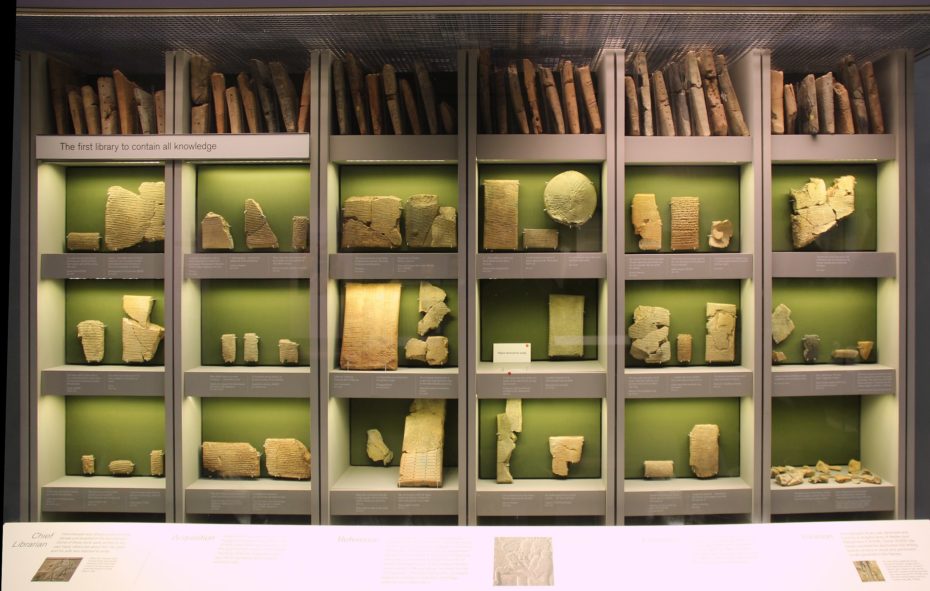
The more modern system that was used in libraries up until about the end of the 2000s, started with a catalog of cards to manage the personal book collection of Francis Ronalds, a 19th century English scientist and inventor, who pioneered the first practical use of this system. The mid 1800s saw the Italian publisher, Natale Battezzati develop a similar card system for booksellers wherein cards represented authors, titles, and subjects.
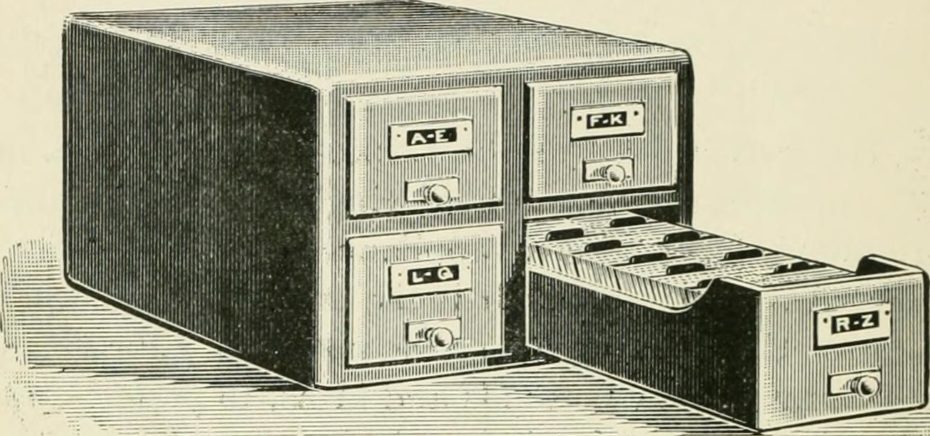
Most historians credit the most major step of the evolution to a name some of us may recognise, even if we don’t know why. American librarian and educator, Melvil Dewey championed the card catalog because it was so easily expandable. Weirdly, during the late 1800s, libraries were still cataloguing based on the size of the book (even though they were working with actual books now, and not tablets), whereas some libraries organised only by the author’s name. Dewey standardised the system; he organised the books first by subject, and then alphabetised them based on the author’s name. Each book got assigned a call number to identify the subject and location. The number on the card matched the number on the spine of every book.
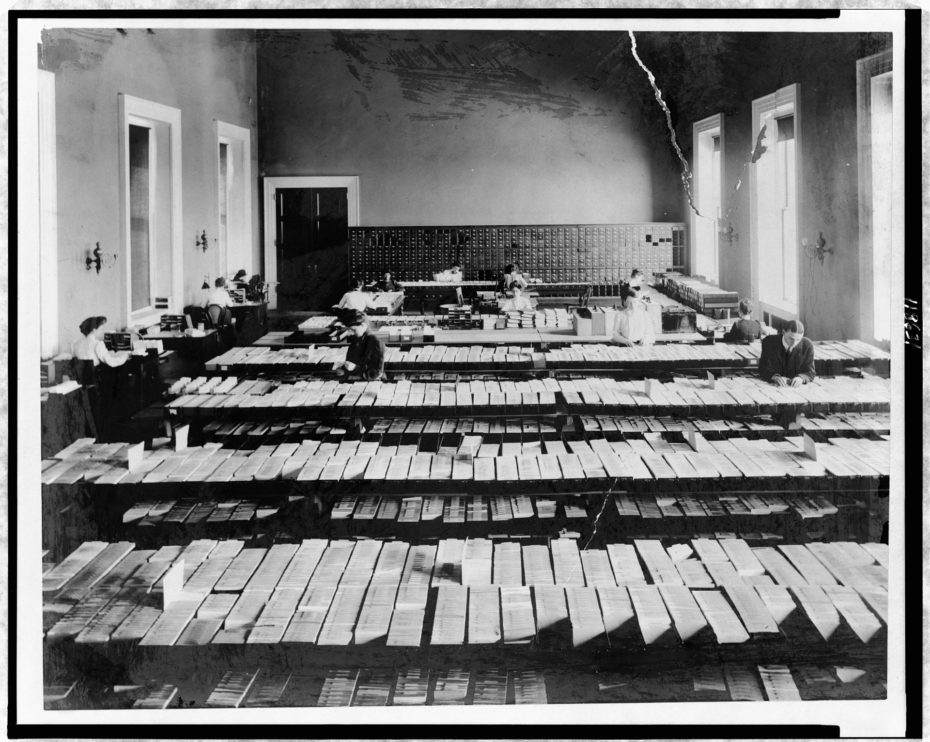
Within the first year of development, 35,762 catalog cards, measuring 2.5 x 5″ (not much bigger than the original Sumerian one!) were hand written. In 1908, the size was standardised, making manufacture of the cards and their cabinets uniform. In 1876, Charles Ammi Cutter solidified the objectives of a bibliographic system:

No comments:
Post a Comment